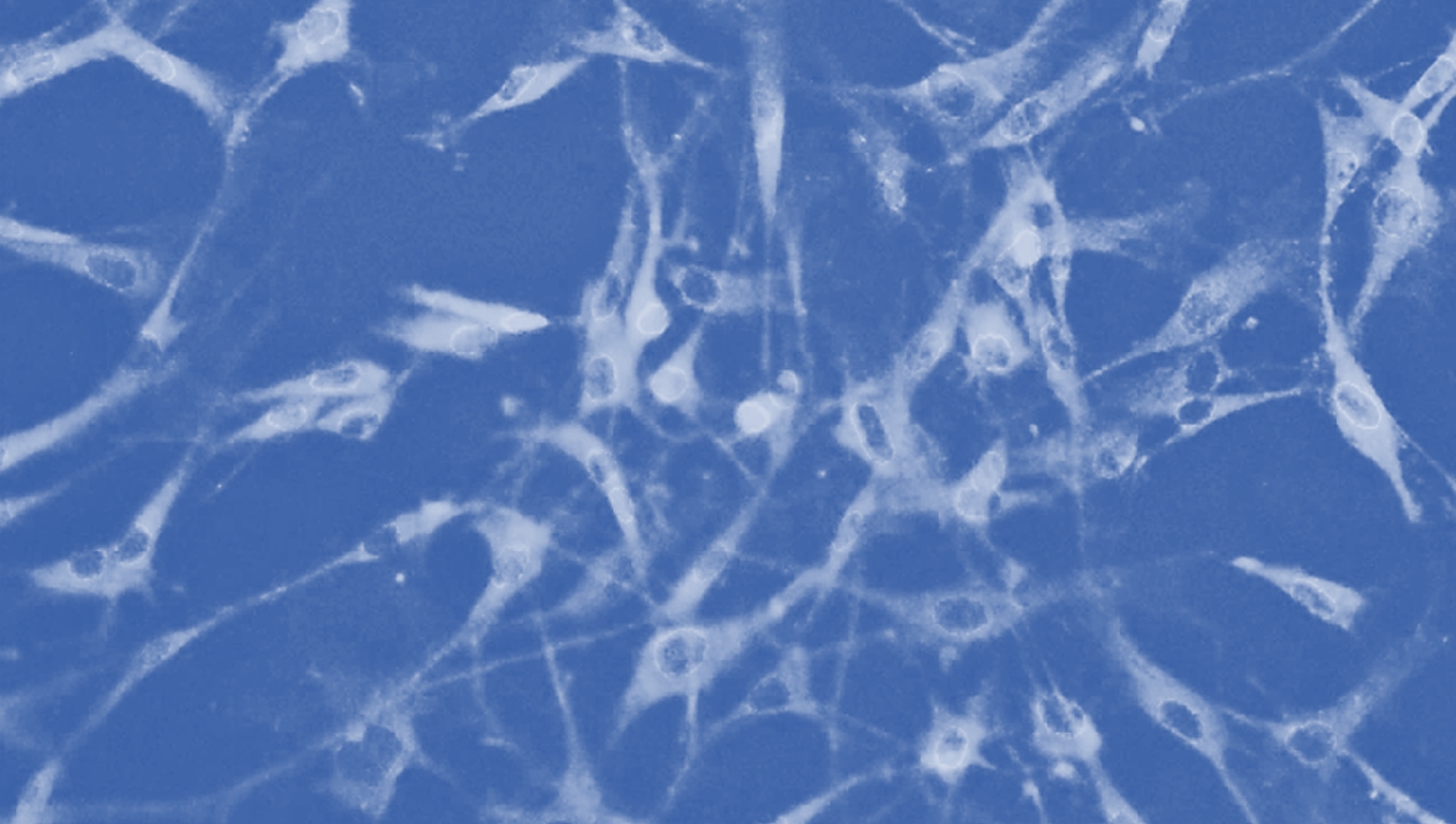
Pseudoarthrosis

Despite its name, pseudoarthrosis is not related to osteoarthritis. They are different conditions: one affects the cartilage while the other affects the bone.
is not related to osteoarthritis. They are different conditions: one affects the cartilage while the other affects the bone.
This condition occurs when the bone is unable to heal or repair a fracture. The injury is usually detected when the patient does not regain normal mobility after surgery, once the estimated healing time has elapsed, or simply because the bone fractures again.
The Institute for Tissue Regenerative Therapy (ITRT) has demonstrated in three separate clinical trials that treatment with Cultured Mesenchymal Stem Cells (CMSC)
has demonstrated in three separate clinical trials that treatment with Cultured Mesenchymal Stem Cells (CMSC) generates new bone and repairs the injury. We regenerate bone in fractures that do not heal, with unprecedented results that greatly improve on the traditional surgical approach.
generates new bone and repairs the injury. We regenerate bone in fractures that do not heal, with unprecedented results that greatly improve on the traditional surgical approach.
Pseudoarthrosis can affect different bones in the body, although ITRT has experience in treating all of them, especially the femur, tibia, fibula, humerus, and clavicle. Some of the most internationally renowned elite athletes in sports such as motorcycling and basketball have benefited from this.

Culture-Based Mesenchymal Stem Cell Therapy
The stem cells that can be extracted from the human body are scarce, insufficient to achieve tissue recovery, so ITRT applied the innovation of multiplying them.
The procedure involves a brief and painless initial intervention in which some stem cells are extracted from the patient's iliac crest (pelvis).
These cells are sent to the laboratory to be cultured under ideal conditions for three weeks, so that they multiply to exceed 250 million units. Millions of cells are extracted from this culture, and the rest of the production is cryogenically frozen and stored in case of future patient needs.
Then, approximately 21 days after the first procedure, the mesenchymal stem cells, once they have been CULTURED , are implanted in the area of the injury
, are implanted in the area of the injury
Dani Pedrosa's broken collarbone healed with cultured stem cells
Motorcycle world champion Dani Pedrosa suffered a fall at the Motegi circuit during practice for the Japanese Grand Prix, which resulted in his collarbone being broken in three places. After implanting a plate with screws, the bone did not heal completely and, years later, in his daily life, it broke again.
After being treated with cultured mesenchymal stem cells, he has fully recovered from his injury and has been able to return to professional competition and enjoy his passion.
Watch this video to learn more

































